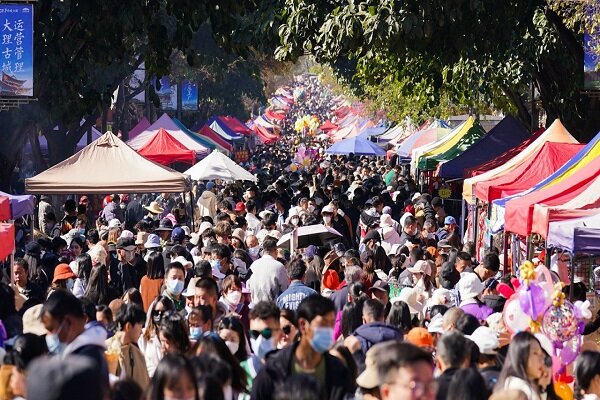
Similar Posts
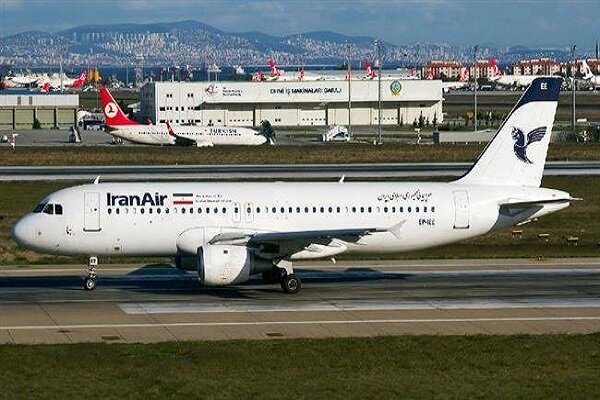
Tehran and Tabriz Unveil Expanded Direct Flight Routes to Baku: Enhancing Travel Connections!
Iran and Azerbaijan are enhancing travel and trade with a new flight schedule, announced by Amin Taraffo from Iran’s Ministry of Roads and Urban Development. Tehran-Baku flights will operate four times a week, while Tabriz-Baku flights will run twice weekly. This move follows Iranian Minister Farzaneh Sadeq’s visit to Baku, which included discussions on strengthening bilateral cooperation in transportation, energy, and trade. The new flight schedule is expected to boost tourism and economic collaboration, with the Civil Aviation Organization negotiating details with Azerbaijani officials to ensure prompt implementation. This initiative reflects both nations’ commitment to deepening their ties.

Khamenei’s Hidden Hand: Unraveling the Truth Behind Iran’s Economic Control
In his Nowruz address, Supreme Leader Ali Khamenei downplayed his involvement in Iran’s economic decisions, attributing these to the president. However, he wields substantial influence over the economy through constitutional powers and informal networks. Khamenei shapes economic policies via the Expediency Council and controls oil revenue allocations, requiring his approval for withdrawals from the National Development Fund. His authority extends to appointing key political figures that influence economic legislation. Khamenei oversees quasi-charitable foundations and the Islamic Revolutionary Guard Corps, which dominate various sectors and manage significant financial resources. This extensive control limits transparency and hinders necessary reforms in Iran’s economy.
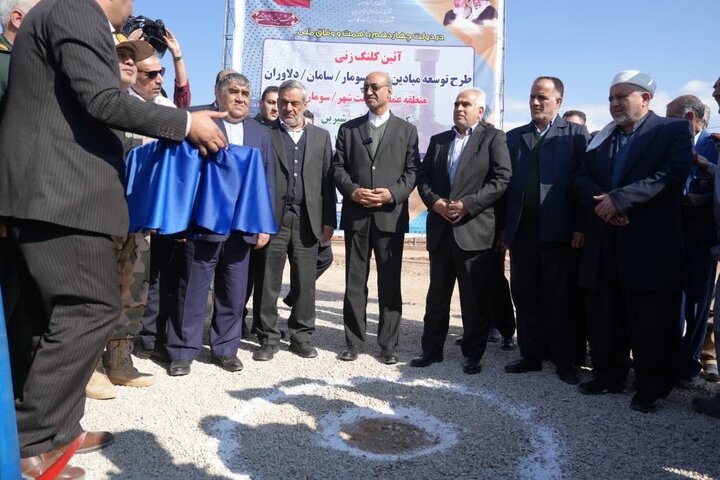
Oil Production Set to Soar by 10,000 BPD with New Developments in Three Key Oilfields
Iran has launched an oilfield development project in Naft-Shahr, aiming to boost national oil production by 10,000 barrels per day, backed by a $240 million private investment. The initiative, officially commenced by key officials, focuses on revitalizing the underdeveloped region, enhancing economic and social welfare for local communities. It promises job creation, infrastructure improvements, and increased local revenue, contributing to better living standards. The project also emphasizes security and stability, aligning with national goals to leverage Iran’s natural resources for growth. This development represents a significant milestone for both the local economy and the national oil sector.
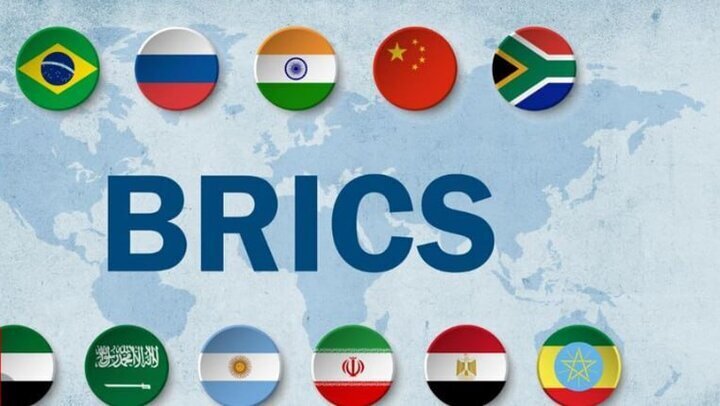
Weekly BRICS Update: Key Highlights and Insights You Can’t Miss!
Iran’s foreign trade has surged by 11% over the past year, reaching a total of $130 billion, as reported by Minister Seyyed Mohammad Atabak during the Seventh Export Potential Exhibition in Tehran. Notable achievements include non-resource exports hitting 152 million tonnes worth $57.8 billion and a positive trade balance. Iran plans to boost non-resource exports by over 23% annually, targeting new markets in Africa and Asia. Additionally, Iran successfully exported polymers to South America for the first time, enhancing its petrochemical sector. This progress occurs amid international condolences following a tragic explosion at Shahid Rajaee Port, highlighting Iran’s resilience in the face of challenges.
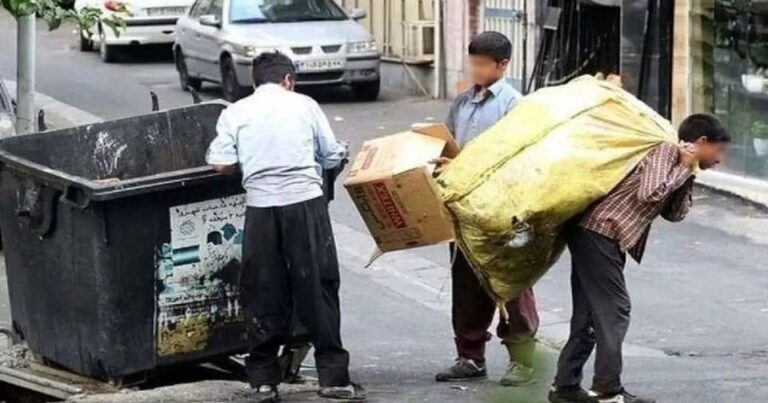
Shocking Statistics: 25% of Iranians Struggle with Poverty, Reveals Welfare Ministry
Poverty in Iran has reached alarming levels, with 22 to 27 percent of the population struggling to meet basic needs, according to Ebrahim Sadeghifar, head of the Institute of Labor and Social Welfare. A recent report indicated that over 30 percent of Iranians are living below the poverty line, exacerbated by rampant inflation and economic mismanagement. The rising poverty is impacting education, leading to increased school dropouts and raising concerns about the future of young Iranians. Urgent action is needed to address the root causes, including inflation, unemployment, and social inequality, to improve the lives of millions.

Iran and Germany Forge Stronger Ties: Trade Turnover Reaches €1.5 Billion in 2024
In 2023, trade between Iran and Germany surged to €1.45 billion, reflecting strengthened economic ties, particularly in industrial equipment and machinery. In 2024, Germany’s exports to Iran reached €1.28 billion, a 6% increase from the previous year, with December alone seeing €134 million in trade, a 1% growth. Key exports included industrial equipment (€520 million), machinery, and automotive parts. Factors driving this growth include enhanced economic cooperation, a diverse product range, and strategic partnerships. As relations evolve, both nations are likely to pursue further collaboration, aiming to expand trade opportunities and support Iran’s industrial development.